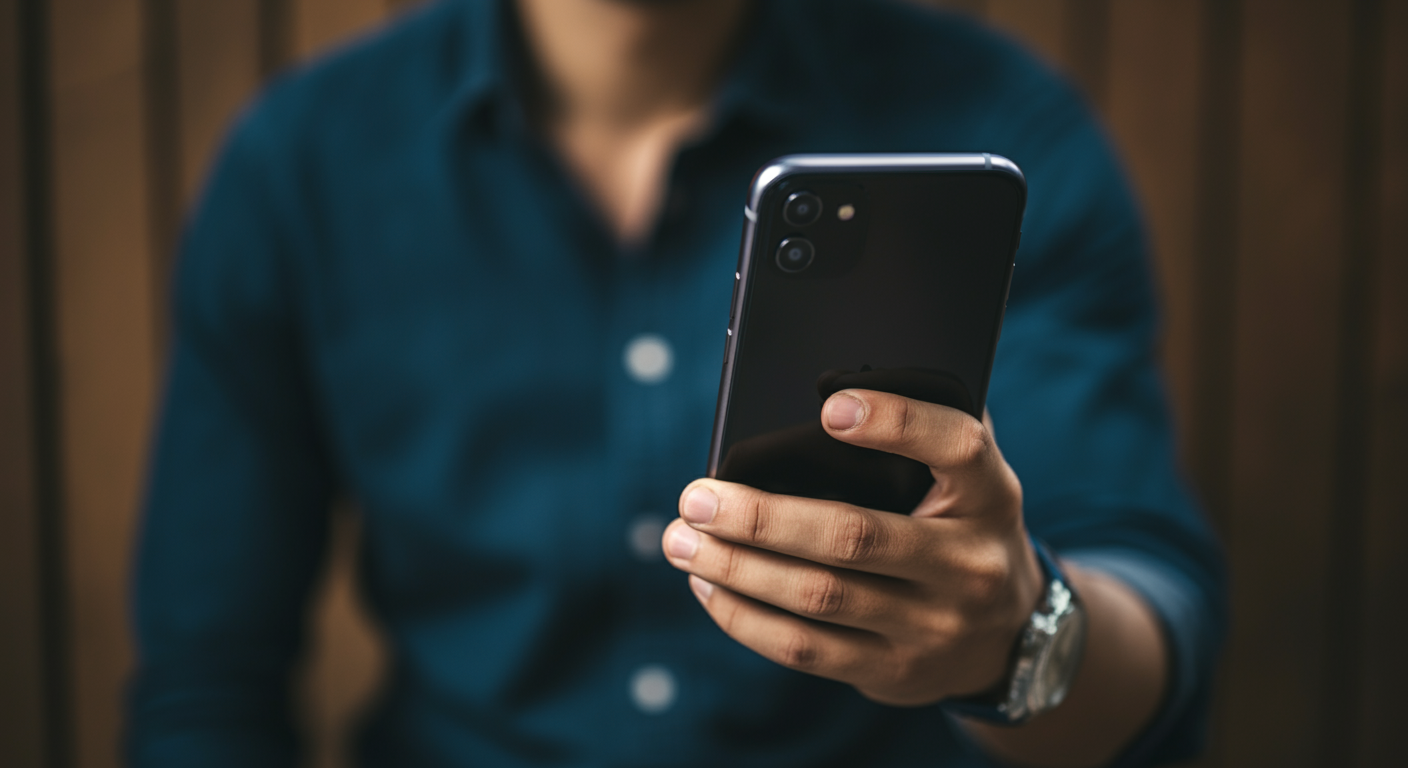How to Choose the Right Phone for You
How to Choose the Right Phone for You
In a world filled with endless smartphone options, finding the perfect one can feel overwhelming. Whether you’re upgrading from an old device or buying your first smartphone, the right choice depends on your needs, preferences, and budget. Instead of getting lost in technical jargon, let’s simplify the process with a calm and thoughtful approach.

1. Identify Your Priorities
Before diving into specs and features, ask yourself: What do I need this phone for?
- Daily Use – If you mainly browse, text, and use social media, a mid-range phone with a good battery and decent camera will suffice.
- Photography & Videography – Look for high-resolution cameras, optical zoom, and advanced software processing.
- Gaming & Performance – Prioritize fast processors (like Snapdragon 8-series or Apple A-series chips), ample RAM, and good cooling.
- Long Battery Life – Opt for phones with large batteries (4,000mAh or more) and efficient processors.
2. Consider Your Budget
Phones come in all price ranges, so set a realistic budget:
- Budget-Friendly (< $300) – Great for basic tasks. Brands like Samsung (Galaxy A series), Motorola, and Xiaomi offer solid options.
- Mid-Range (300–700) – Balances performance and price. Google Pixel, OnePlus, and iPhone SE fit here.
- Premium ($700+) – Top-tier cameras, performance, and build quality (e.g., iPhone 15 Pro, Samsung Galaxy S24, Google Pixel 8 Pro).
3. Operating System: iOS or Android?
Your choice here affects software experience, app availability, and ecosystem compatibility.
- iOS (Apple iPhones) – Smooth performance, long software support, and seamless integration with other Apple devices.
- Android (Samsung, Google, OnePlus, etc.) – More customization, wider variety of devices, and often better value for money.
If you’re already invested in one ecosystem (like Apple’s iCloud or Google’s services), sticking with it may make life easier.
4. Display & Size Preferences
Do you prefer a compact phone or a large screen for media?
- Screen Size – Smaller phones (5.8″–6.2″) are easier to handle, while larger ones (6.5″+) are better for videos and gaming.
- Display Type – OLED screens offer deeper blacks and vibrant colors, while LCDs are more budget-friendly.
- Refresh Rate – A 90Hz or 120Hz display feels smoother for scrolling and gaming.
5. Battery & Charging
A phone that dies by midday can be frustrating. Consider:
- Battery Capacity – 4,000mAh or higher is ideal for all-day use.
- Fast Charging – Some phones charge fully in under 30 minutes.
- Wireless Charging – Convenient but usually found in premium models.
6. Camera Quality (If It Matters to You)
If photography is important, look for:
- Multiple Lenses (wide, ultra-wide, telephoto) for versatility.
- Night Mode for better low-light shots.
- Software Enhancements – Google Pixel and iPhones excel in computational photography.
7. Storage & Future-Proofing
- 64GB – Enough for light users.
- 128GB–256GB – Ideal for most people.
- 512GB+ – Best for heavy media users or gamers.
Also, check if the phone has expandable storage (via microSD), though this is rare in premium models.
8. Longevity & Software Updates
- iPhones get 5–7 years of updates.
- Android varies by brand—Google and Samsung offer 4–7 years, while others may only provide 2–3.
Final Thought: Try Before You Buy
If possible, visit a store to hold the phone, test the camera, and see how it feels in your hand. A phone is a personal device, and comfort matters just as much as specs.
Take Your Time
There’s no rush—choose a phone that aligns with your lifestyle, not just the latest trend. By focusing on what truly matters to you, you’ll find a device that feels just right.